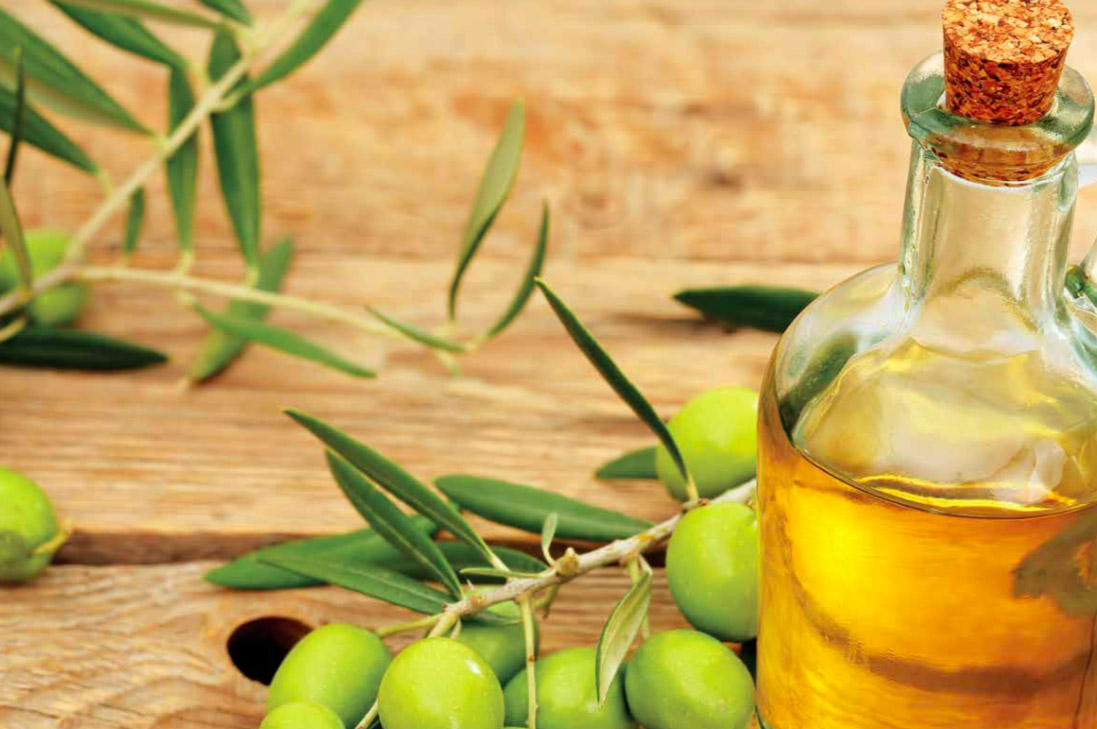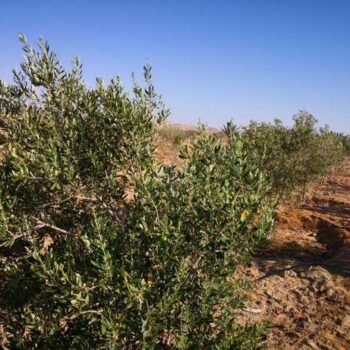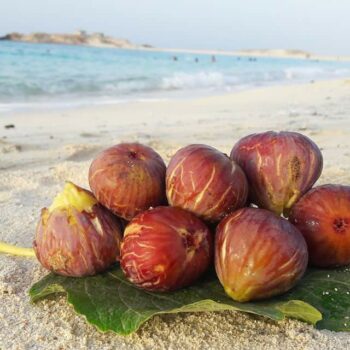Matrouh Olive Oil
Introduction
The evergreen olive tree has a high capacity to withstand drought conditions and is therefore dependent on the economy of a large number of countries in the world and in the Mediterranean basin, with an estimated global area of 23 million acres producing about 10 million tons, of which about 1 million tons are used as table olives and the rest for extracting about 2 million tons of oil. The original home of the olive tree is believed to be the Middle East region.
Olive cultivation in Egypt dates back to the time of the pharaohs (1800 BC) and is grown in a large number of Egyptian governorates, especially in new reclamation areas and oases, and is rainfed planted in the northern coasts. In the last years, there has been a steady increase in the area of olive trees, from about 5 acres at the end of the 1970s to about 100 acres in the 1990s, and so to about 166 acres in 2015 producing about 698 tons of olive fruits.
This development in the planted area is due to successful cultivation in new reclamation areas and to drought and salinity conditions that may not be tolerated by other fruit trees. Olive cultivation is therefore one of the main horticultural outcomes in the northern rainwater-dependent coasts, with an estimated area on the northwest coast of 30 thousand acres, producing about 77 thousand tons and most of the products being used for oil extraction.
Nutritional and medical value
Olive fruits have a high nutritional value. They are rich in carbohydrate (19%), protein (1.6%), mineral salts (1.5%), cellulose (5.8%), and oils (15-20%), and Olive oil has health and food benefits due to its distinct composition from other vegetable oils where it contains:
- High content of monounsaturated fatty acids that have a positive effect on preventive medicine.
- The presence of antioxidants to protect saturated fatty acids from antioxidants.
- Having vitamins like A, E.
- The presence of Betastizole, which prevents intestinal absorption of cholesterol.
In this context, studies indicate that olive oil has a positive effect in the treatment of gastrointestinal diseases such as gastrointestinal disorders, constipation, ulcers, stomach acidosis, liver activation, increased excretion of yellow bile, osteoporosis, aging, atherosclerosis, heart disease, diabetes, and skin diseases.
Quality of olive oil
Olive oil is classified according to quality:
virgin olive oil
It is an oil that results from the squeezing and cupping of olive fruits using natural methods and is divided into:
- Extra virgin oil
It’s super-excellent oil in taste and smell and has only 0.8 grams/100 grams of acidity – with excellent sensory qualities.
- Virgin oil
It’s an excellent taste-and-smell oil with an acidity of 2 g/100 g – and fruit smells and it’s bright yellow and green.
- Regular oil
It’s good in taste and smell, and it’s only 3.3 percent acidic.
– virgin olive oil unfit for human consumption:
It has an acidity of more than 3.3 g/100 g.
Refined oil
It is an oil produced by virgin olive oil and is characterized by increased acidity, so soda refining is performed to reduce its acidity to less than 0.3 g/100 g.
Free Oil
It is pure olive oil produced by mixing virgin-grade olive oil with refined olive oil so that the acidity is no more than 1 g/100 g.




